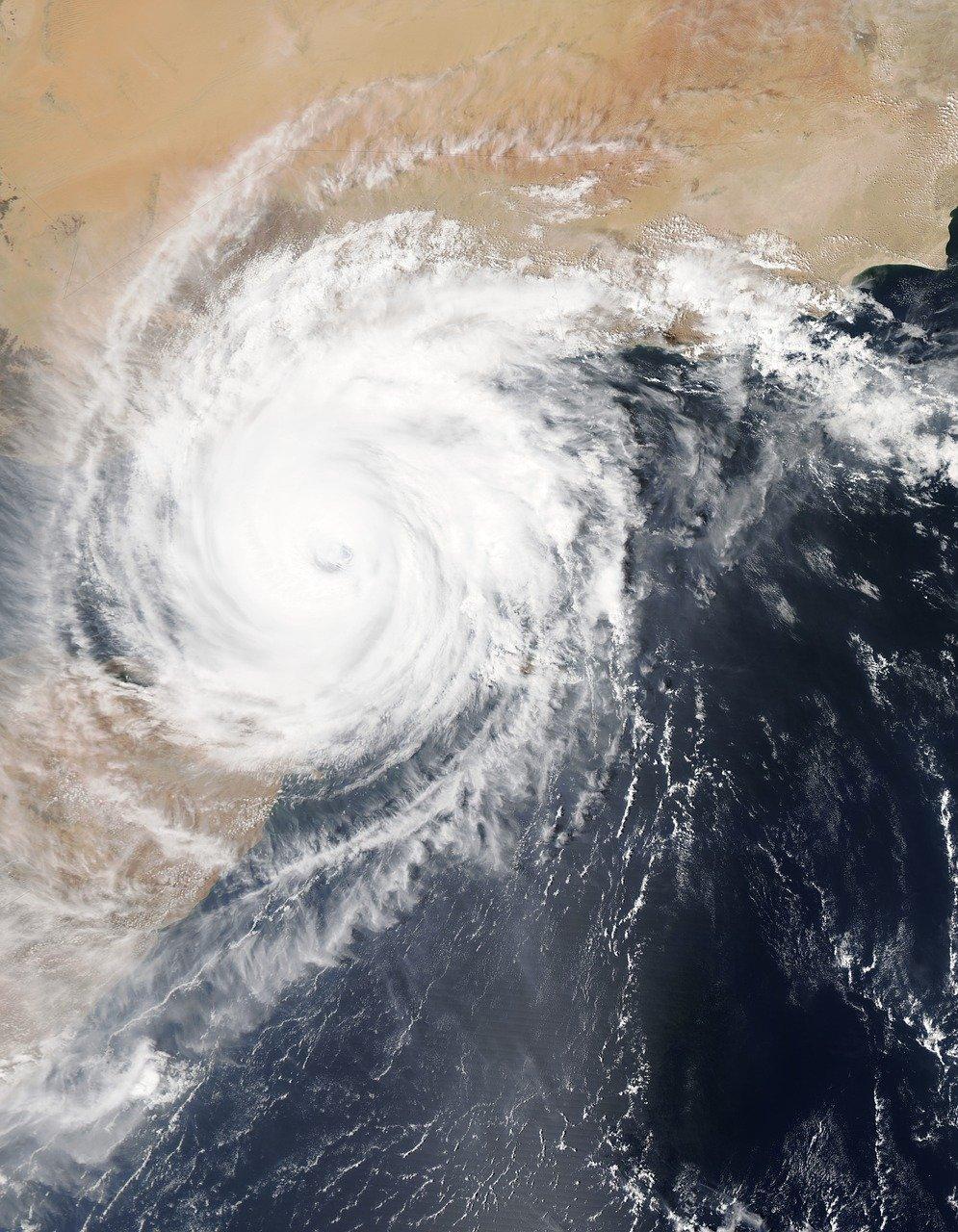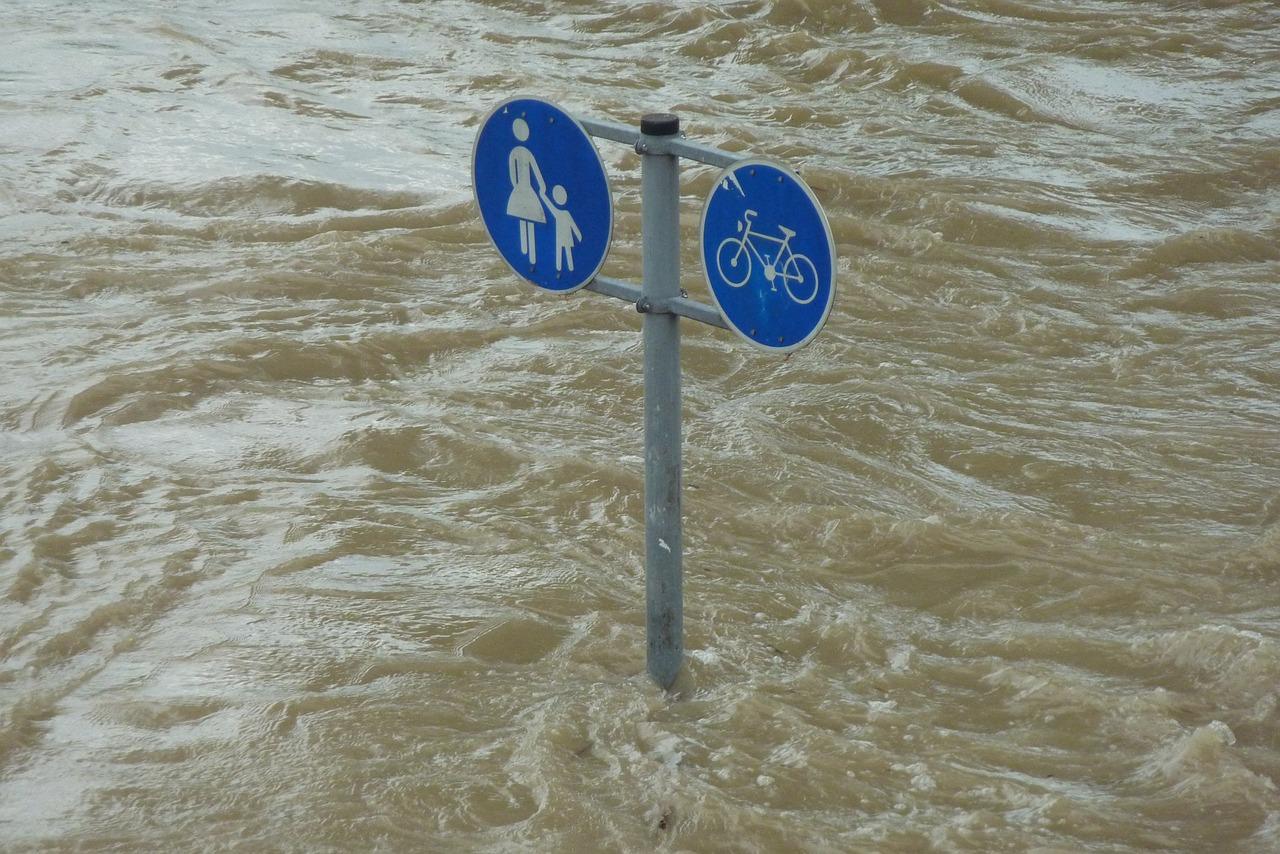Written by: Clare Westwood, Climate and Health Program Coordinator
“It is typhoon season again in the Philippines” some say, while others say that it’s just one long typhoon season all year round.
The Philippines is the most vulnerable country in terms of exposure and sensitivity in Southeast Asia, a “red zone” for climate impacts.
While it has been exposed to typhoons even historically, the differentiating factor now is the increasing frequency, intensity, duration, extent and nature of the storms – in other words, the core character of climate change. This is the ‘change’ that is turning the Philippines and the world inside out.
Climate change is more than just climate variability. It’s a screaming alarm bell of an existential threat to life on Earth.
So the question to ask isn’t which the biggest, baddest typhoon of the year is because science has been telling us for decades now that it’s just going to get worse. Super-typhoons/hurricanes are increasingly part of the new normal along with more intense and frequent storm surges, floods, droughts, heatwaves, and accelerating sea level rise among other impacts. These will lead to other devastating impacts like injury, illness, mental trauma, death, increased vector and water-borne diseases, conflict, societal breakdown, mass forced migration, economic losses, and massive infrastructure and property damage. Place these on top of having to deal with a frightening pandemic like Covid-19 and it all becomes more than people can bear.
So, the question we should really be asking is: How can we stop transgressing more planetary boundaries and stop already dangerous trends from escalating into certain catastrophe?
The Intergovernmental Panel on Climate Change (IPCC) in its 5th Assessment Report already concluded in 2014 that the rate and magnitude of climate change was exceeding adaptation limits. Climate justice by way of the commitments of the developed countries to the developing and least developed countries to drastically mitigate their greenhouse gas emissions based on the principle of common but differentiated responsibilities remains the core issue. Their obligations to mitigate, and provide technology transfer, capacity building and finance are far from being fulfilled leaving vulnerable countries like the Philippines struggling to cope with disaster after disaster with no real relief or hope in sight. The chilling reality is that while these events are bad, worse is yet to come if we don’t rein in our global carbon emissions now.
For instance, Health Care Without Harm has been calling for decades for climate justice and health equity and worked tirelessly to make sure the healthcare sector itself walks the talk. Its Health Care Climate Challenge has over 22,000 hospitals and health centers in more than 33 countries committed to reducing more than 34 billion tonnes of CO2 equivalent and which have reported already saving USD 3.2 billion in health costs related to air pollution. Very recently, the HCCC has been declared the official healthcare partner for the UNFCCC Climate Champions’ Race to Zero Campaign.
‘Race To Zero’ is a global campaign to rally leadership and support from businesses, cities, regions, investors for a healthy, resilient, zero carbon recovery that prevents future threats, creates decent jobs, and unlocks inclusive, sustainable growth. Although the key focus is zero emissions by 2050 (as per the IPCC’s 2018 Special Report on 1.5oC of Global Warming), Race to Zero is also heralded as a race to zero poverty, loss of biodiversity and pandemics.
Typhoons Vamco and Goni are just alarm bells telling us that time is running out.
If things are this bad at 1.1 degree C today, just imagine what is in store for the Philippines and the rest of the world at 1.5 degree C. According to the IPCC, 1.5 degree C of global warming is possible as early as 2030. Increased ocean heat will generate even more monstrous storms the likes of which we can only imagine. This decade is make or break for future generations.
The health care sector is doing its part; it's high time other sectors did too.###
Want to be part of the health and climate movement in Southeast Asia? Send an email to, infoasia@hcwh.org

